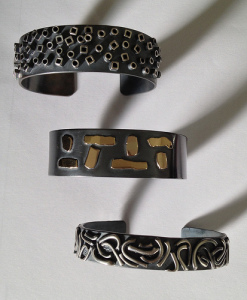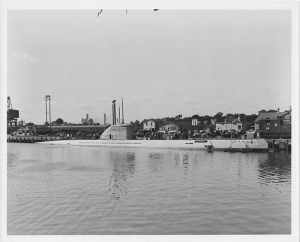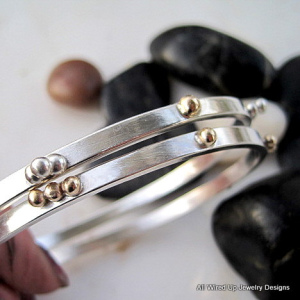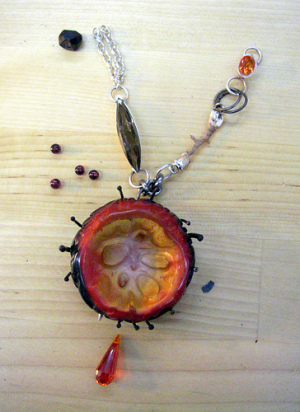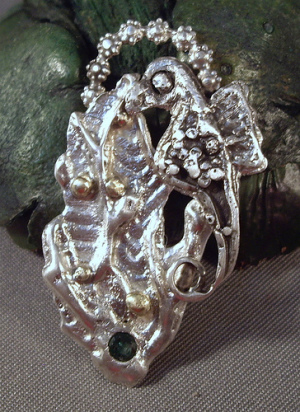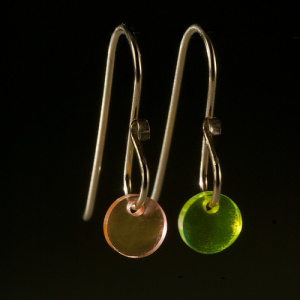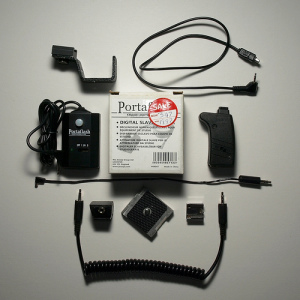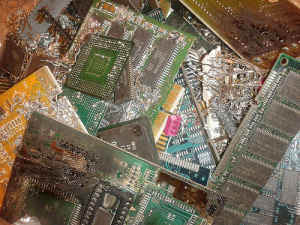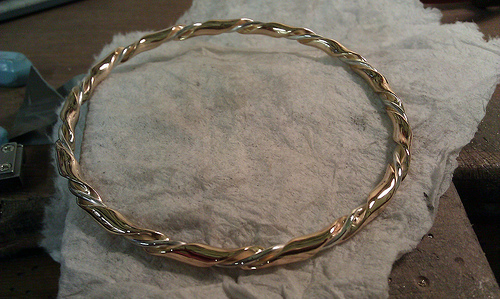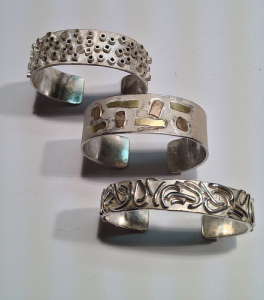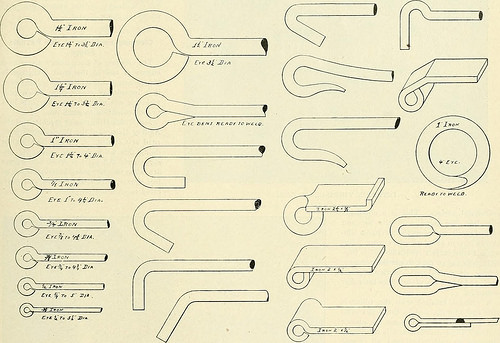Read More...
In electronics, a vacuum tube, electron tube (in North America), or thermionic valve (elsewhere, especially in Britain), reduced to simply "tube" or "valve" in everyday parlance, is a device that relies on the flow of electric current through a vacuum. Vacuum tubes may be used for rectification, amplification, switching, or similar processing or creation of electrical signals. Vacuum tubes rely on thermionic emission of electrons from a hot filament or cathode, that then travel through a vacuum toward the anode (commonly called the plate), which is held at a positive voltage relative to the cathode. Additional electrodes interposed between the cathode and anode can alter the current, giving the tube the ability to amplify and switch. recommend directory: 3528 SMD Flexible Strip with Non-waterproof 5 Meter 300 LEDS.
Vacuum tubes were critical to the development of electronic technology, which drove the expansion and commercialization of radio communication and broadcasting, television, radar, sound reproduction, large telephone networks, analog and digital computers, and industrial process control. Although some of these applications had counterparts using earlier technologies, such as the spark gap transmitter or mechanical computers, it was the invention of the triode vacuum tube and its capability of electronic amplification that made these technologies widespread and practical.
In most applications, vacuum tubes have been replaced by solid-state devices such as transistors and other semiconductor devices. Solid-state devices last much longer, and are smaller, more efficient, more reliable, and cheaper than equivalent vacuum tube devices. However, tubes still find particular uses where solid-state devices have not been developed or are not practical. Tubes are still produced for such applications and to replace those used in existing equipment such as high-power radio transmitters.
Vacuum tubes with two active elements ("diodes") are used for rectification. Ones with 3 or more elements ("triodes", "tetrodes", etc.) are used for amplification, functions which rely on amplification such as oscillators, and switching.
Standard tubes with cathode, grids, and anode are classified in various ways according to requirements. They may be classified by frequency range (audio, radio, vhf, uhf, microwave), power rating (small-signal, audio power, high-power radio transmitting), design purpose (sharp versus remote cutoff; amplifying and switching, control and signal amplification, rectification, mixing, general-purpose versus very low microphonic and low noise audio amplification, and so on). Distinctions are not necessarily sharp; for example similar dual triodes can be used for audio preamplification and as flip-flops in computers, although linearity is important in the former case and long life in the latter.
Other tubes which could be called vacuum tubes have different construction and different functions, such as cathode ray tubes which create a beam of electrons for display purposes (such as the television picture tube) in addition to more specialized functions such as electron microscopy and electron beam lithography. X-ray tubes are also vacuum tubes. Phototubes and photomultipliers also rely on electron flow through a vacuum, though in this case the emission of electrons from the cathode depends on energy from photons rather than thermionic emission. Since these sorts of "vacuum tubes" have functions other than electronic amplification and rectification they are described in their own articles.
There are also varieties of current-conducting tubes filled with one or another gas at a higher or lower pressure; the common fluorescent bulb is a familiar example. Such discharge tubes and cold cathode tubes are not vacuum tubes and are not the subject of this article. However certain types such as the voltage regulator tube and thyristor physically resemble commercial vacuum tubes and fit in sockets designed for vacuum tubes. Their distinctive orange, red, or purple glow during operation betrays the presence of gas; electrons flowing in a vacuum do not produce light within that region. Although not properly termed vacuum tubes, they may still be referred to as "electron tubes" as they do perform electronic functions, and are briefly discussed below under "Special-purpose tubes." recommend directory: 5050 SMD Flexible Strip with waterproof 5 Meter 150 LEDS.
A vacuum tube consists of two or more electrodes in a vacuum inside an airtight enclosure. Most tubes have glass envelopes, though ceramic and metal envelopes (atop insulating bases) have also been used. The electrodes are attached to leads which pass through the envelope via an airtight seal. On most tubes, the leads, in the form of pins, plug into a tube socket for easy replacement of the tube (tubes were by far the most common cause of failure in electronic equipment, and consumers were expected to be able to replace tubes themselves). Some tubes had an electrode terminating at a top cap which reduced interelectrode capacitance to improve high-frequency performance, kept a possibly very high plate voltage away from lower voltages, and could accommodate one more electrode than allowed by the base.
The earliest vacuum tubes resembled, and in fact evolved from incandescent light bulbs, containing a filament sealed in an evacuated glass envelope. When hot, the filament releases electrons into the vacuum, a process called thermionic emission. A second electrode, the anode or plate, will attract those electrons if it is at a more positive voltage. The result is a net flow of electrons from the filament to plate. However current cannot flow in the reverse direction because the plate is not heated and does not emit electrons. The filament (cathode) has a dual function: it emits electrons when heated; and, together with the plate, it creates an electric field due to the potential difference between them. Such a tube with only two electrodes is termed a diode, and is used for rectification. Since current can only pass in one direction, such a diode (or rectifier) will convert AC to pulsating DC. This can therefore be used in a DC power supply, and is also used as a demodulator of amplitude modulated (AM) radio signals and similar functions.
While early tubes used the directly-heated filament as the cathode, most (but not all) more modern tubes employed indirect heating. A separate element was used for the cathode. Inside the cathode, and electrically insulated from it, was the filament or heater. Thus the heater did not function as an electrode, but simply served to heat the cathode sufficiently for it to emit electrons by thermionic emission. This allowed all the tubes to be heated through a common circuit (which can as well be AC) while allowing each cathode to arrive at a voltage independently of the others, removing an unwelcome constraint on circuit design.
During operation, vacuum tubes require constant heating of the filament thus requiring considerable power even when amplifying signals at the microwatt level. In most amplifiers further power is consumed due to the quiescent current between the cathode and the anode (plate), resulting in heating of the plate. In a power amplifier, heating of the plate can be quite considerable; the tube can be destroyed if driven beyond its safe limits. Since the tube requires a vacuum to operate, convection cooling of the plate is not generally possible (except in special applications where the anode forms a part of the vacuum envelope; this is generally avoided due to the shock hazard from the anode voltage). Thus anode cooling occurs mainly through black-body radiation. recommend directory: 5050 SMD Flexible Strip with non-waterproof 5 Meter 300 LEDS.
Related Posts
-
 Turn Your Scrap Gold Into Money
A highly valuable and precious metal, Gold has a lot of utilities other than
Turn Your Scrap Gold Into Money
A highly valuable and precious metal, Gold has a lot of utilities other than -
 Cash For Gold
Do you have what it takes to transform carats into liquid assets? Gold dealers
Cash For Gold
Do you have what it takes to transform carats into liquid assets? Gold dealers -
 Scrap Gold Buyers – An Overview
With the global financial crisis hovering over, people are looking for many ways to
Scrap Gold Buyers – An Overview
With the global financial crisis hovering over, people are looking for many ways to -
 Get The Best Price For Your Scrap Gold
The price of gold goes up when the demand for it is high. You
Get The Best Price For Your Scrap Gold
The price of gold goes up when the demand for it is high. You -
 What is Scrap Gold? How To Fruitfully Market This Material
Most people are not conscious that one of the most engrossing areas of bullion
What is Scrap Gold? How To Fruitfully Market This Material
Most people are not conscious that one of the most engrossing areas of bullion -
 How to sell Scrap Gold to get the maximum benefit?
Gold is a precious metal and getting tremendous importance from ancient time. Gold purchase
How to sell Scrap Gold to get the maximum benefit?
Gold is a precious metal and getting tremendous importance from ancient time. Gold purchase -
 Scrap Gold Buyers – An Overview
With the global financial crisis hovering over, people are looking for many ways to
Scrap Gold Buyers – An Overview
With the global financial crisis hovering over, people are looking for many ways to -
 Portland Gold Buyers Commodity
To sell gold to Portland gold buyers a person must understand how the system
Portland Gold Buyers Commodity
To sell gold to Portland gold buyers a person must understand how the system


